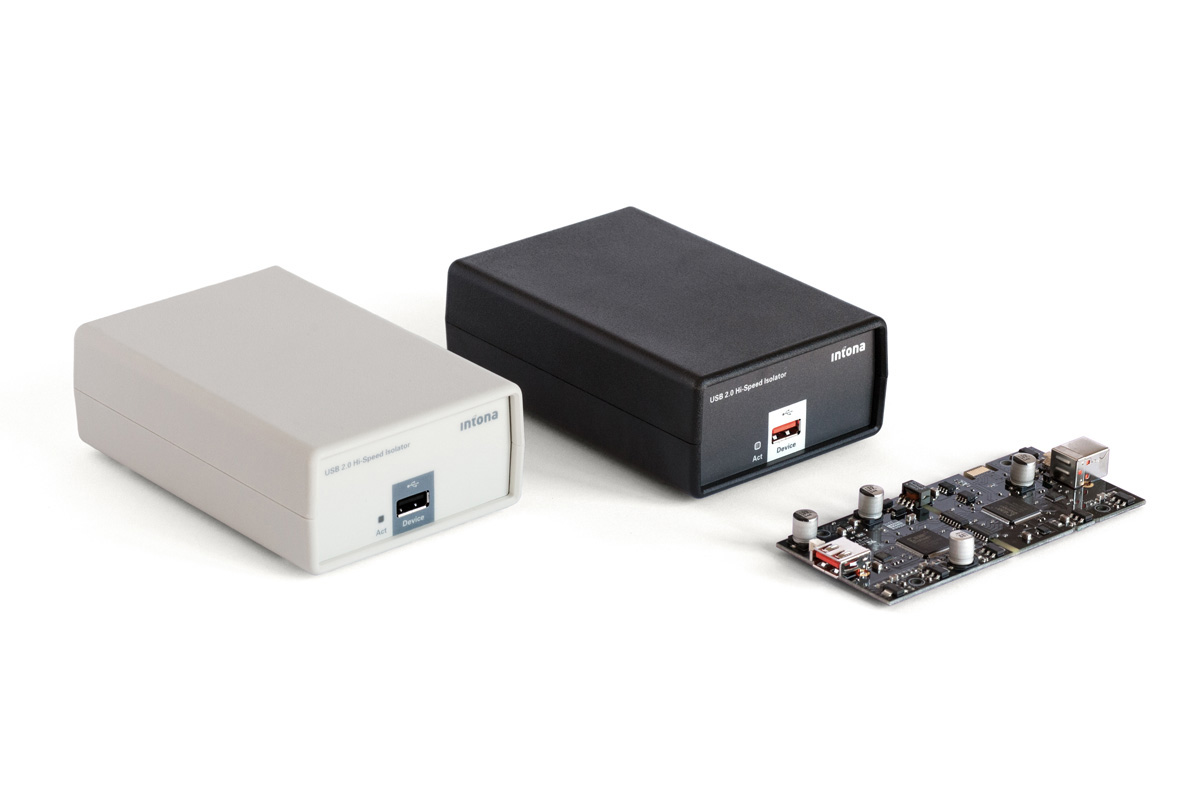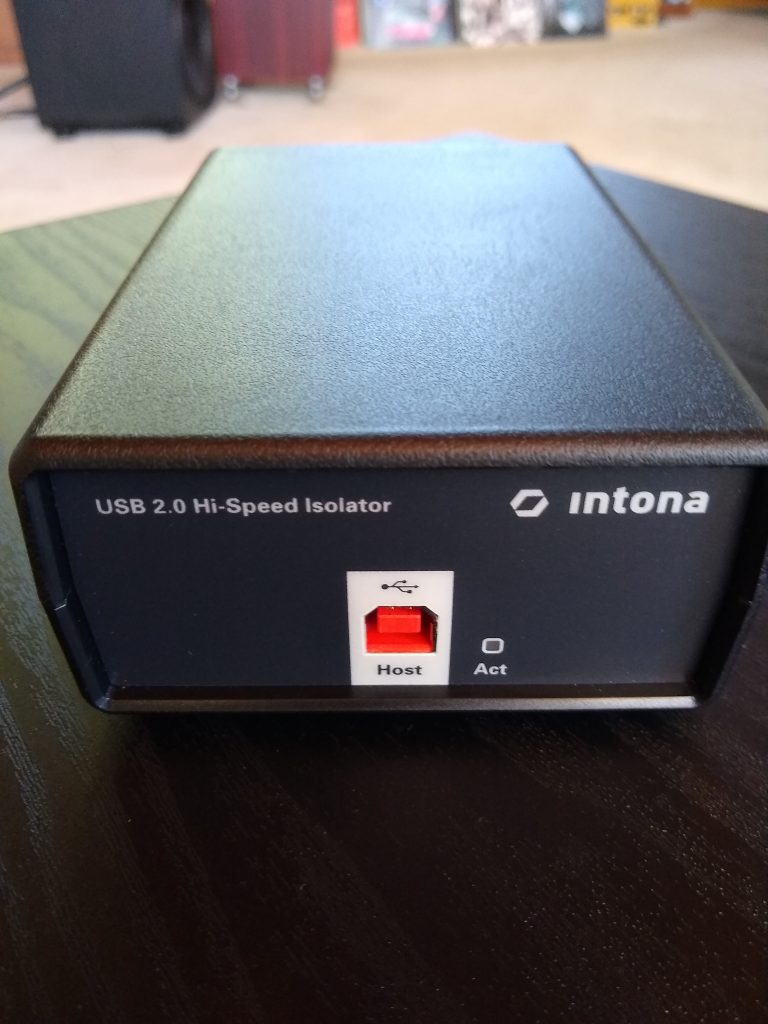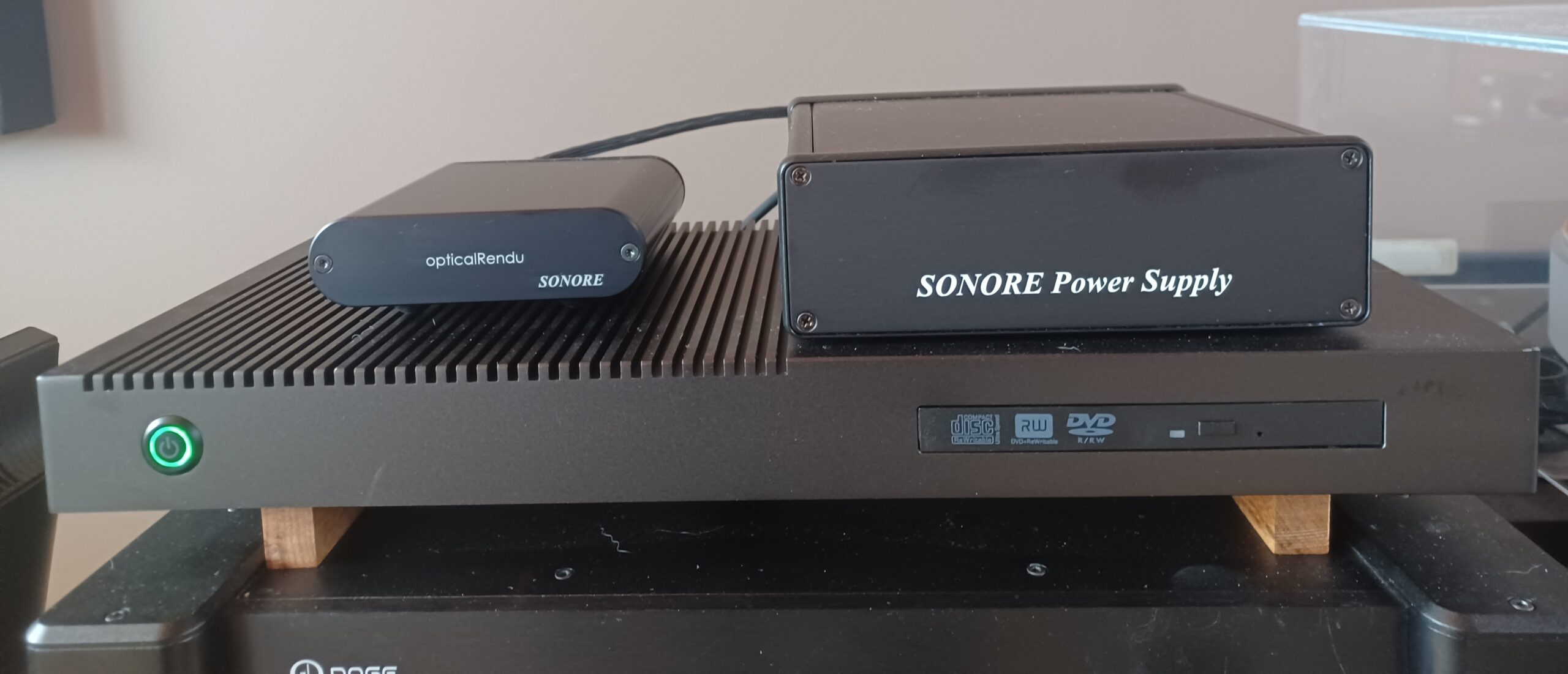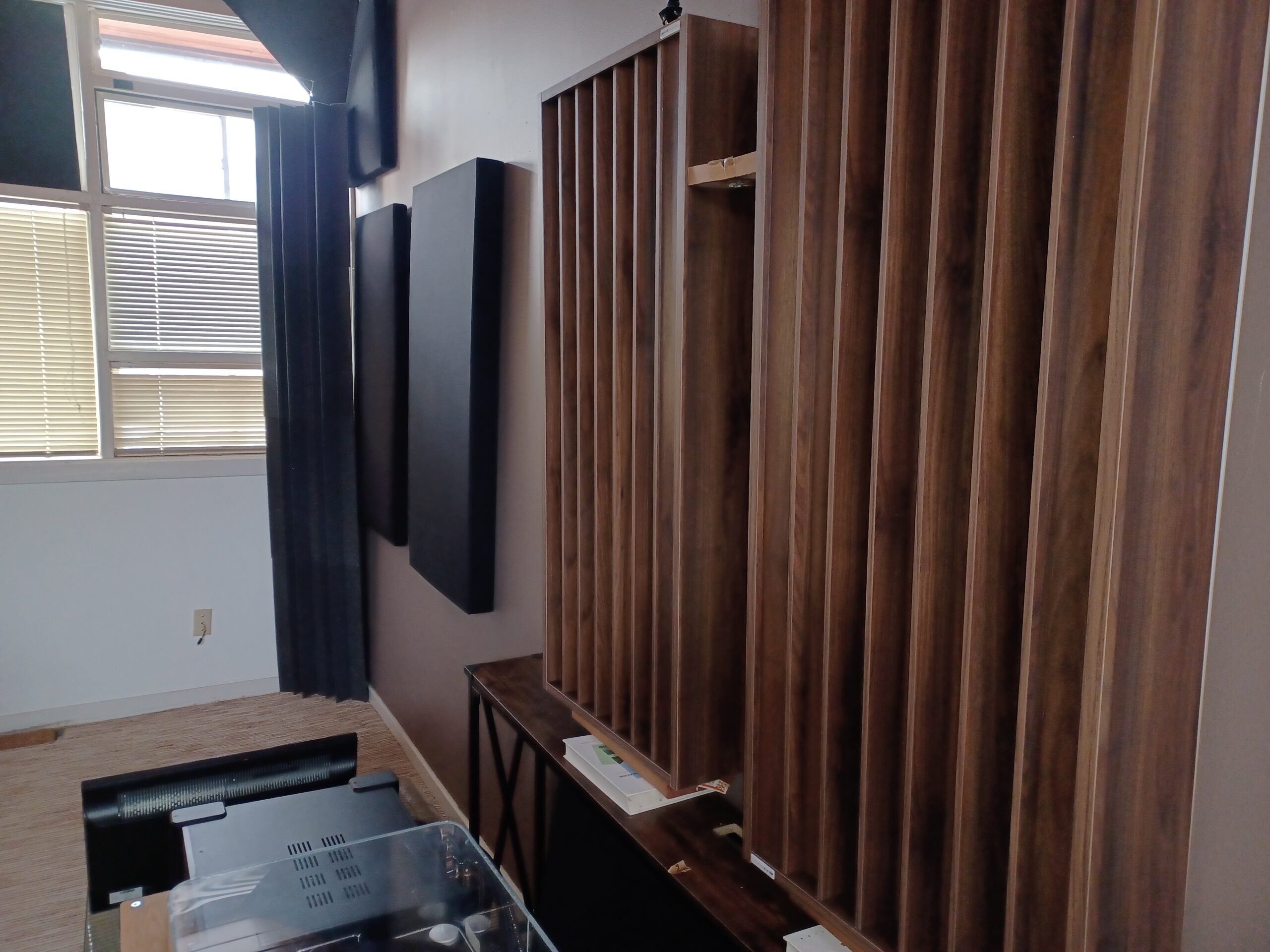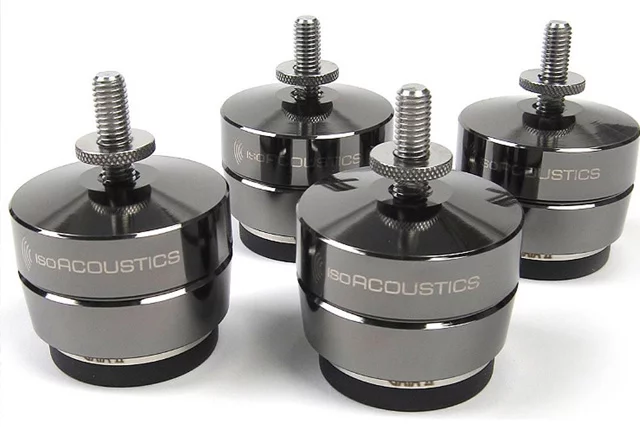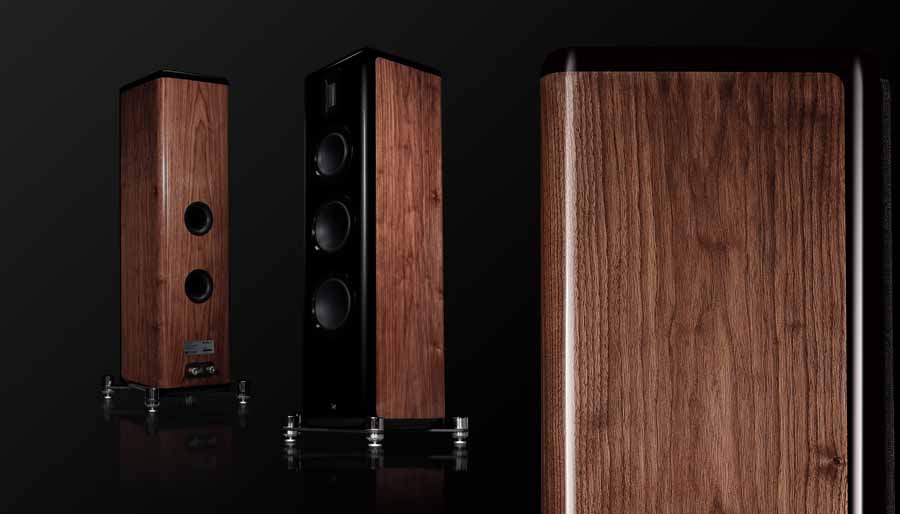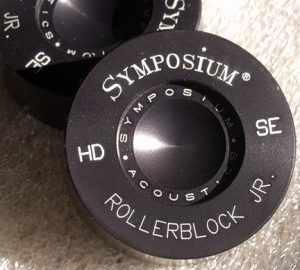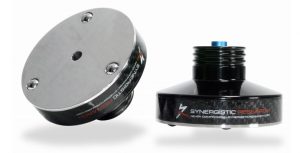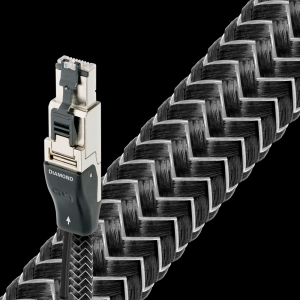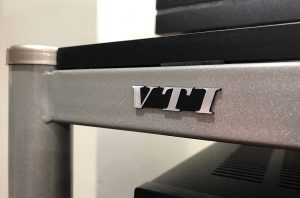The last few years I've been pretty pleased with my system, so I've really not been considering any major changes. My current gaggle of components, cables, and room treatments works well in my somewhat difficult room, and delivers most of the passion of the music while usually keeping me happily engaged. I even get to experience that "it's way too late, but I just want to hear one more" feeling—although not consistently- which tells me there's room for some improvement. But isn't there always room? Yeah, so my interest has been focused on researching and implementing smaller changes such as upgrading the crappy stock capacitors in amplifiers and speaker crossovers with German copper foil models (very worthwhile), using the Gingko ARCHs for vibration control, and treatments to improve room response. Each of these changes was, in my opinion, equal or close to some expensive component upgrades and each added positively and cumulatively to the "it's way too late, but I just want to hear one more" experience. The law of diminishing returns has definitely not kicked in for these small changes. The opposite in fact.
Although I confess I'd rather listen to nothing but vinyl, I'm lazy. Qobuz coupled with an iPad remote makes it so easy to access an almost unlimited library of really decent recordings without getting up from my listening position and letting my beverage get warm. With the proliferation of streaming services I suspect most of us who have both analog and digital front ends are in this same boat. So, when a device comes along that claims to enhance the quality of the bits being fed to my DAC I'm interested.
After recommendations from friends and also experiencing first hand some of the benefits of the current crop of USB galvanic isolators, I got in touch with Daniel Stammler, CEO of Intona Technology to inquire about their products. Daniel sent me their model 7054-x USB2 Hi-Speed isolator after we decided this would be the right Intona to place between my Mac Mini and DENAFRIPS Pontus DAC. According to Intona, "This product is an ideal isolation solution for measurement devices, medical systems and many other sensitive applications requiring high-speed data transfer." I assume we can lump DACs in the "other sensitive applications" category?
So, what is an isolator and what does it do? In an audio application a USB Isolator is a device used to reduce or eliminate noise from your computer to your noise-sensitive DAC via USB. It can also isolate ground loops within your computer/DAC circuit. There's a lot more to it, but this is a decent quick ‘n dirty definition. There's not a lot to describe as far as appearance or controls of this component. A small black plastic box with a USB input from the host and USB output for the device, along with LEDs to indicate connection and speed. The label tells me the device is Made in Germany, input is 5V, 500mA, while output is 5V, 300 mA with 2.5 kV isolation. Dimensions are 105 x 76 x 36mm.
According to Intona, this product is an ideal solution to break ground loops, avoid noise coupling and protect ports from power surges and voltage spikes in applications which require high speed USB transfers. The galvanic isolation barrier withstands potential difference up to 2500 VRMS. There is no capacitive coupling. In addition, it provides galvanic isolation to the USB bus, provides advanced ESD protection (15kVIECAir-gap dscharge), works out of the box with no drivers needed, is transparent to host and device with a wide compatibility to all operating systems, embedded systems, and devices. It has no additional round-trip latency, is powered by the USB bus, has no separate power supply, and includes host-side USB-B and device-side USB-A connectors, and a status LED for each port showing bus state and speed.
I connected the Intona to my Mac Mini and DENAFRIPS Pontus DAC via USB. No problems. It worked easily and flawlessly as advertised. I've lived with the DENAFRIPS DAC for a few years now, and I'm still enamored with it. For my money the sound of R2R DACs is the closest current thing to analog, and I think the Pontus sits in the sweet spot of performance vs. price in the DENAFRIPS line. The first thing I noticed was the absence of noise from a minor ground loop that's proved very tough to track down. Most of the time I couldn't really hear this noise unless I got close to the tweeter, but it vanished as soon as the music started. I would almost pay the full price for this box just for its ability to break ground loops. Positioning my ear up close to the ribbon tweeter and midrange now revealed a much blacker background with nothing playing. Score one for the Intona. I also noticed an increased sense of smoothness and ease. I did not hear any immediate change in the tonal balance. I used a generic USB cable to connect the isolator to my DAC and I had a strong suspicion the performance would be compromised with this cable, but it was all I had in house. The next day I borrowed a DanaCable TruStream, the same cable I normally use to connect the Mac Mini to the DAC, so I could be confident the input and output of the Intona would match. The new cable confirmed my suspicion. Use quality cables on both ends of this device. Once I did, the system was happier, and I got down to serious listening. Although I normally don't listen very loud (my wife might disagree), I noticed straight away the Intona let me play music louder without strain. Not night and day mind you, but enough to notice.
I started listening with "Freedom" (FLAC 24/96) from Freedom and Surrender the 2015 release by Lizz Wright. Where have you been Lizz Wright? Or more accurately, why haven't I discovered you before this year? Can't believe it took me this long to become aware of this great singer. I love this album and this cut just kills it. With the Intona vocals had a purer, cleaner feel, and I instantly heard more low level detail with a nice sense of motion. Spatial layers were different, the music felt "bigger." Microdynamics and low-level detail were enhanced such that the meaning of some of the music I was familiar with unexpectedly changed for the better.
Next up, another new discovery from Pino Palladino and Blake Mills, Notes with Attachments. The track "Just Wrong" (FLAC 24/96) captured my attention. I really didn't know what to make of this record when I first heard it. Not was I was expecting from Pino, the bass player so in demand with rock royalty. That said, it grew on me quickly and I consider it one of 2021's best albums so far. The Intona enhanced the big and dynamic presentation, but it also felt slightly more refined with imaging to die for. There was more punch in the bass and sustain was enhanced. I heard a richer sound with non-clinical clarity that was smooth and enchantingly elegant with a just a bit of magic. Impact and sustain of the low notes was superb. This album is a real treat for someone who has full-range speakers or great subwoofers. My pair of SVS-SB3000s seemed to be smiling during every track. The Intona increased the dynamic range just a bit with a nice combo of weight and expression.
Next up was the Jeff Hamilton Trio's Catch Me if You Can. When I saw this album contained "Laphinha" (FLAC 16/44) a Brazilian tune done by Sergio Mendez back in the 60s that I loved, I had to hear it. I'm a junkie for Brazilian music. There's some subtle enchantment happening in this track. Drummer Hamilton, protégé of the supremely talented big band drummer John von Ohlen, never fails to deliver whether playing with the LA four, Diana Krall, Ella Fitzgerald, Natalie Cole, Monty Alexander, or his own trio. I swear he's playing a snare drum with the snares off with his hands on the intro. The Intona's sense of timing really propelled this minimalist version giving me the illusion that I was in the room in front of the drums. It also presented a less-digital sounding smoothness that results in a luscious texture with a tad less graininess. The instruments felt focused and present with greater directness and air. My notes said: Zen cohesion.
Maceo Parker is too cool. In a good way. Any musician would be envious of Macio Parker's credentials. James Brown, Paliament-Funkadelic, and Prince to name a few. When I saw Soul Food: Cooking with Maceo in the new releases section of Qobuz I started listening right away. Out of all the cuts Prince's "The Other Side of the Pillow" (16/44 FLAC) quickly became my fav. This tune will make you smile. What can you say about someone who really is this soulful and still doing it at 78 years old? Not only do the lyrics keep that sly smile on your face, Maceo's solo just slays it. They (whoever They are) just don't make music like this much anymore, and it really resonated with this fan of authentic soul and funk music. Couldn't stop snapping my fingers—which I almost never do. Laid-back, but with a nice sense of forward motion and drive, it felt a little more musical and a little less hi-fi with the Intona, which kept me focused. More air. A belly rubbing delight. The smile comes back when I think about it.
As we learn more and more about the workings of digital sound it seems to keep getting better and better. I would hope that someday the things that the Intona does so well will just be built into every DAC. My suspicion is that the more expensive and higher quality the DAC, the less you'll need the Intona. Until then, what can you expect from a device (accessory, tweak, component?) that costs $349? As it turns out, quite a bit. If you are using a computer/DAC combination as your digital source this isolator is easy to recommend. It tracks down and eliminates ground loops, enhances your system's sense of timing, increases the amount of low-level detail, decreases digital grain, increases the frequency of those "it's way too late, but I just want to hear one more" experiences. Want to stay away from the law of diminishing returns? You can easily and affordably elevate your digital listening experience with an Intona 7054-x.
7054-x Galvanic Isolator
Retail: $349
Intona




